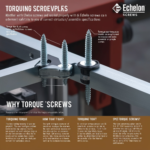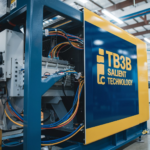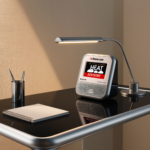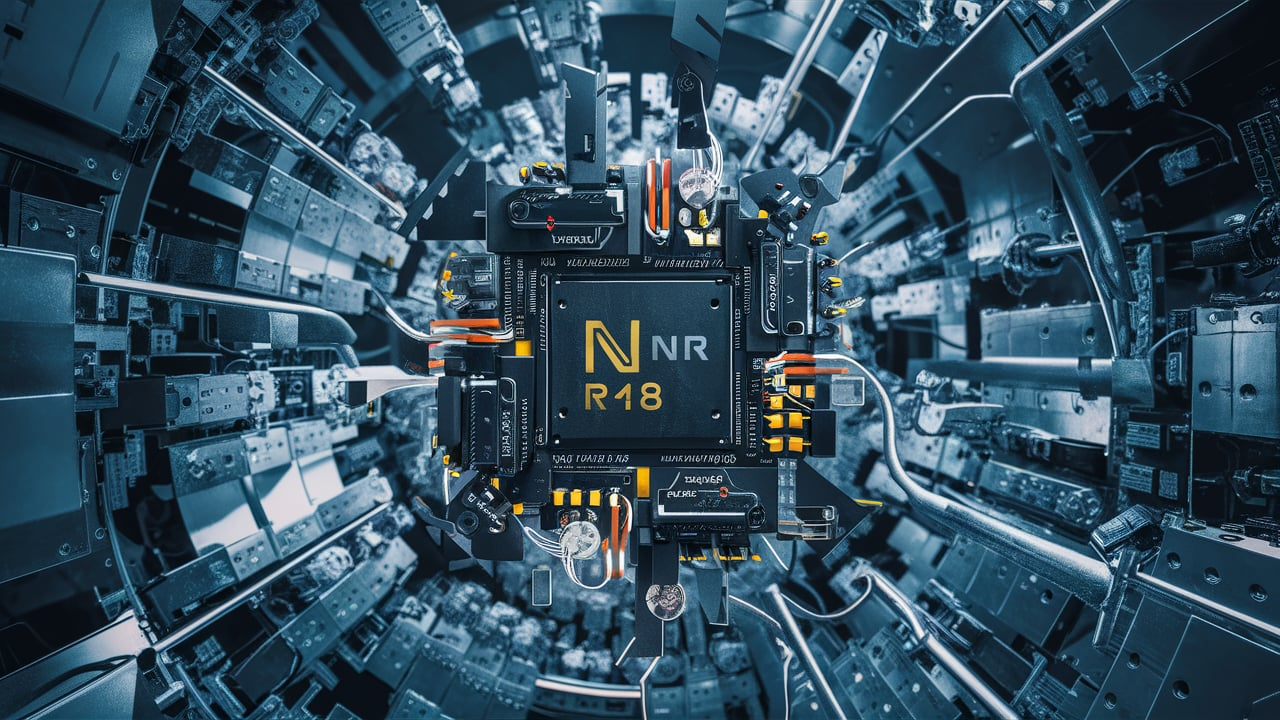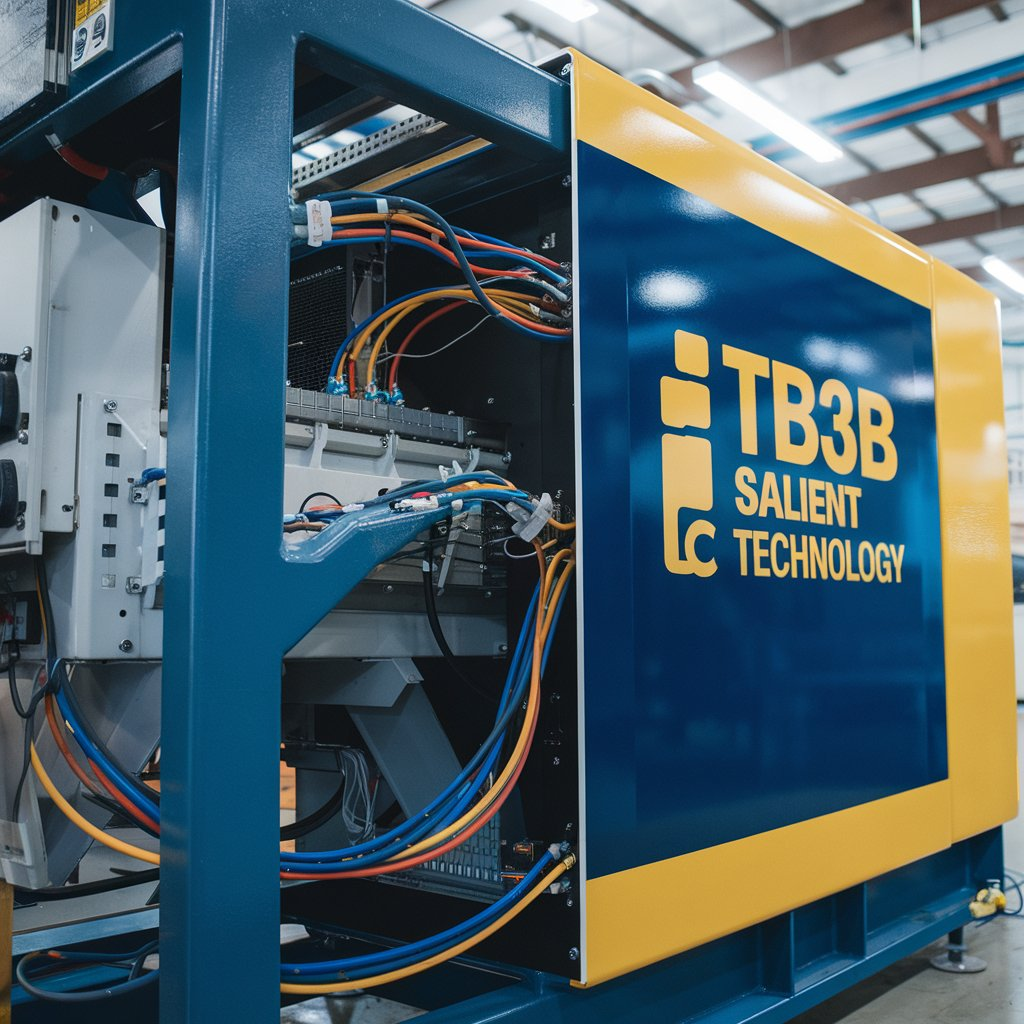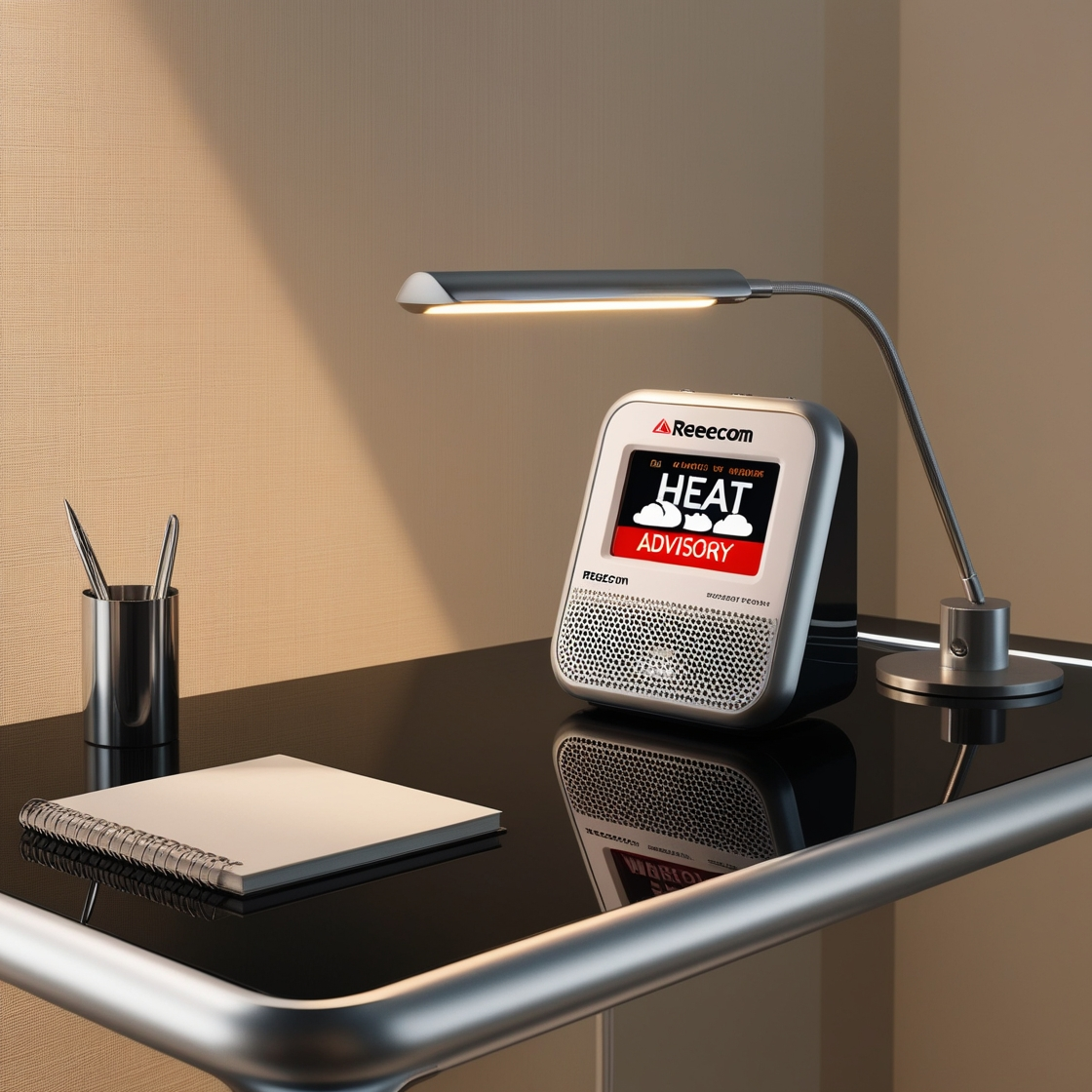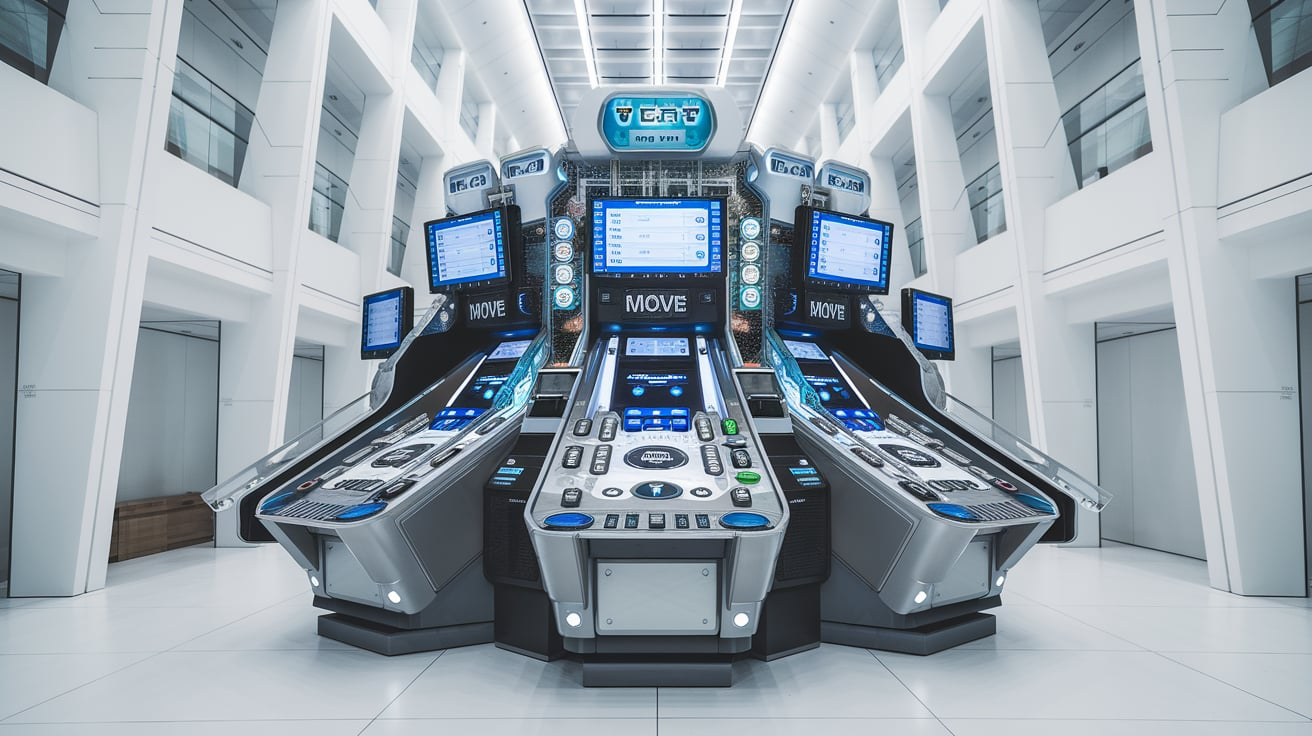Introduction
Specific components become essential in the rapidly evolving world of technology and industry due to their versatility and reliability. NNRM28 is one such component that has gained significant attention for its wide-ranging applications in various sectors. Known for its robustness, precision, and adaptability, NNRM28 has become a critical part of many systems, whether in manufacturing, automation, or electronics. This article thoroughly explores NNRM28, covering its key features, applications, installation process, joint issues, troubleshooting techniques, and maintenance tips. By understanding these aspects, you can optimize the use of NNRM28 in your projects and ensure its long-term performance.
What is NNRM28?
NNRM28 is a high-performance module designed for complex systems requiring precise control, stability, and durability. It is widely used in various industries, including industrial automation, robotics, electronics, and medical equipment. The NNRM28 module ensures that machinery and electronic systems operate smoothly and efficiently. Its robust design and ability to function in harsh environments make it a preferred choice for engineers and technicians.
- Versatile Applications: The NNRM28 is designed to be versatile and can be integrated into various systems and applications. This adaptability is one of the reasons for its popularity across different industries.
- High Precision: The module offers high precision in operations, making it essential for applications requiring meticulous control. This precision ensures systems operate within their designed parameters, minimizing errors and enhancing overall performance.
- Durability: Built to withstand extreme conditions, the NNRM28 is known for its long lifespan. Its durable construction makes it suitable for use in environments where other components might fail.
- Energy Efficiency: The NNRM28 is designed with energy efficiency in mind, helping to reduce operational costs by minimizing energy consumption without compromising performance.
- Ease of Maintenance: The module is also designed to be easy to maintain, with straightforward troubleshooting procedures allowing quick identification and resolution of issues.
Key Features of NNRM28
The NNRM28 module has several key features that make it stand out. Understanding these features is essential for making the most of this component in your projects:
- High Precision: The NNRM28 offers exceptional accuracy in its operations, which is critical for applications requiring fine control. Whether used in automation systems or complex electronic setups, this precision helps in maintaining consistent performance.
- Robust Design: The NNRM28 is built to last, with a design that can withstand harsh conditions such as high temperatures, vibrations, and exposure to dust or moisture. This robustness ensures that the module can function reliably in demanding environments.
- Broad Compatibility: One of the standout features of the NNRM28 is its compatibility with a broad range of systems. This flexibility makes it an ideal choice for integrating into both new and existing setups, reducing the need for extensive modifications.
- Energy Efficiency: The NNRM28 is engineered to be energy-efficient, helping to lower energy consumption and reduce operational costs. This feature is essential in large-scale operations where energy efficiency can lead to significant savings.
- User-Friendly Maintenance: The design of the NNRM28 includes features that make maintenance straightforward. This includes easy access to critical components and clear documentation, which helps minimize downtime and ensure continuous operation.
Applications of NNRM28
The versatility of the NNRM28 allows it to be used across a wide range of industries. Here are the absolute most normal applications:
- Industrial Automation: In industrial settings, the NNRM28 is often used in automated systems to improve efficiency and reduce manual intervention. Its precision and reliability make it ideal for controlling machinery and processes in manufacturing plants.
- Robotics: The NNRM28 plays a crucial role in robotics, providing the precision required for high accuracy. Whether in assembly lines, medical robotics, or autonomous systems, the NNRM28 ensures that robots perform their functions with minimal error.
- Electronics: The NNRM28 manages power and control systems in the electronics industry. Its ability to handle complex electronic functions makes it a vital component in devices ranging from consumer electronics to industrial equipment.
- Medical Equipment: The NNRM28 is also found in medical devices, where its reliability and precision are essential. In critical applications such as diagnostic machines or surgical robots, the NNRM28 helps ensure that these devices operate with the highest level of accuracy.
- Telecommunications: The NNRM28 is increasingly used in telecommunications systems, supporting reliable signals and data transmission. Its robustness and precision are critical in maintaining the integrity of communication networks.
How to Install the NNRM28
Proper installation of the NNRM28 is crucial to ensure optimal performance and longevity. The following is a bit by bit manual for assist you with the establishment interaction:
- Preparation: Before starting the installation, gather all necessary tools and components. Review the manufacturer’s manual to understand the requirements for installing the NNRM28.
- Power Down the System: Always ensure the system is powered down before installing the NNRM28. This safety measure prevents electrical accidents and protects the installer and the component.
- Mounting the Module: Securely mount the NNRM28 in its designated location. Ensure the module is properly aligned and tightly secured to prevent any movement affecting its performance.
- Wiring: Follow the manufacturer’s instructions to connect the wires correctly. Ensure all connections are tight and secure to avoid operational failures or damage to the module.
- Testing the System: After installation, power up the system and conduct a series of tests to verify that the NNRM28 is functioning as expected. Check for any issues in communication, power supply, and overall operation.
Common Issues and Troubleshooting Tips
Like any electronic component, the NNRM28 may encounter issues during its lifespan. Here are a few normal issues and investigating tips to assist you with settling them:
- Overheating: If the NNRM28 overheats, ensure adequate ventilation and that the module is not exposed to excessive environmental heat. Overheating can lead to performance issues or permanent damage, so addressing this problem promptly is essential.
- Power Supply Issues: Inspect the power supply and connections if the module does not power up. Loose or faulty wires can prevent the NNRM28 from receiving power, so replace any damaged components and ensure all connections are secure.
- Communication Errors: If the NNRM28 fails to communicate with other systems, verify that all cables are correctly connected and that there are no interruptions in the signal. Communication errors can disrupt the entire system’s operation, so resolving them quickly is crucial.
- Performance Lags: If the system is not performing as expected, consider resetting the NNRM28 or updating its firmware. Performance lags can be caused by outdated software or minor faults in the module, and these steps often resolve the issue.
Maintenance Tips for Longevity
Regular maintenance ensures that the NNRM28 remains in good working condition. Here are some tips to help you maintain the module effectively:
- Regular Cleaning: Dust and debris can accumulate on the module and affect performance. Regular cleaning with appropriate tools and techniques will help maintain its functionality and prevent overheating.
- Firmware Updates: Keep the NNRM28 firmware updated to the latest version. Firmware updates often include performance enhancements and bug fixes that improve the module’s operation.
- Routine Inspections: Regularly inspect the NNRM28 for signs of wear or damage. Early detection of potential issues allows for timely repairs or replacements, preventing more significant problems.
- Environmental Control: Ensure that the NNRM28 operates in an environment that meets the manufacturer’s specifications. Excessive heat, humidity, or dust can shorten the module’s lifespan, so maintaining a controlled environment is essential.
FAQs
What is the NNRM28 used for?
The NNRM28 is primarily used in industrial automation, robotics, and electronic systems to control and stabilize operations with high precision.
How do I install the NNRM28?
To install the NNRM28, ensure the system is powered down, mount the module securely, connect the wires per the instructions, and then test the system to confirm proper installation.
What should I do if the NNRM28 overheats?
If the NNRM28 overheats, check the ventilation around the module and reduce environmental heat exposure. Ensure there is no blockage around the unit and it is not overloaded.
Can the NNRM28 be used in harsh environments?
The NNRM28 is designed to withstand harsh environments, making it suitable for industrial and outdoor applications where it might be exposed to extreme conditions.
How often should I update the firmware of the NNRM28?
Firmware updates for the NNRM28 should be performed whenever a new version is available or at least once a year to ensure optimal performance and compatibility.
Is the NNRM28 compatible with older systems?
The NNRM28 is generally compatible with many systems, including older models. However, checking with the manufacturer for specific compatibility details is always advisable.
Conclusion
The NNRM28 is a robust and reliable module integral to various systems and industries. Its high precision, durability, and ease

